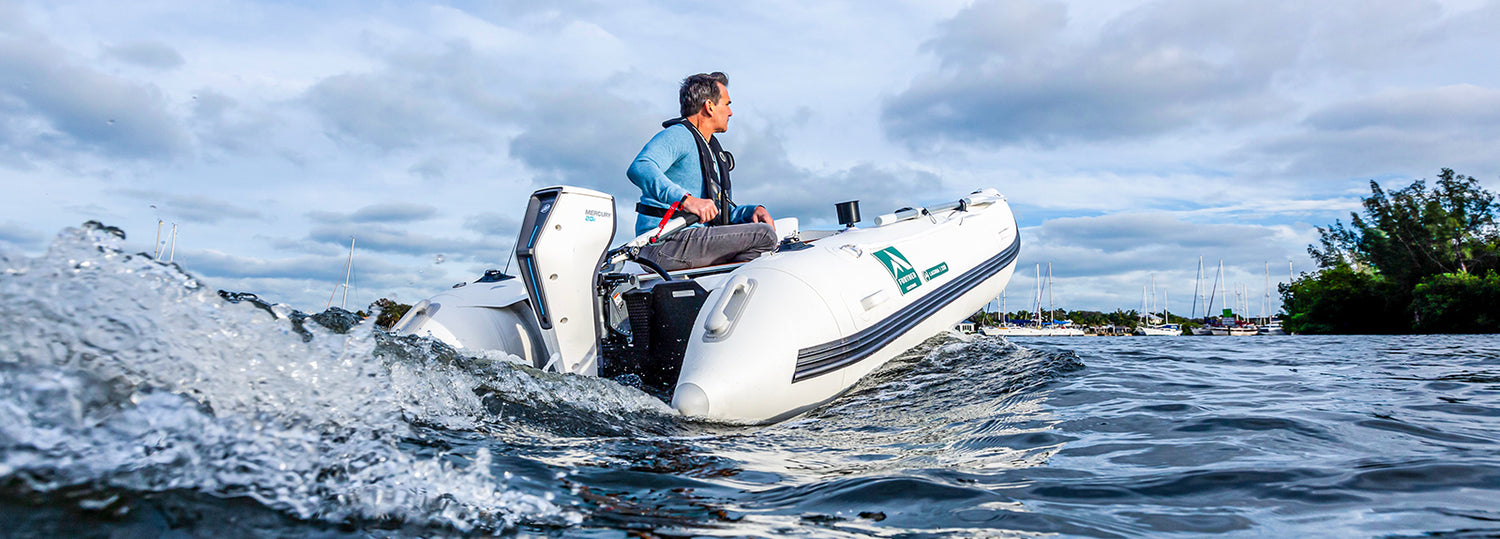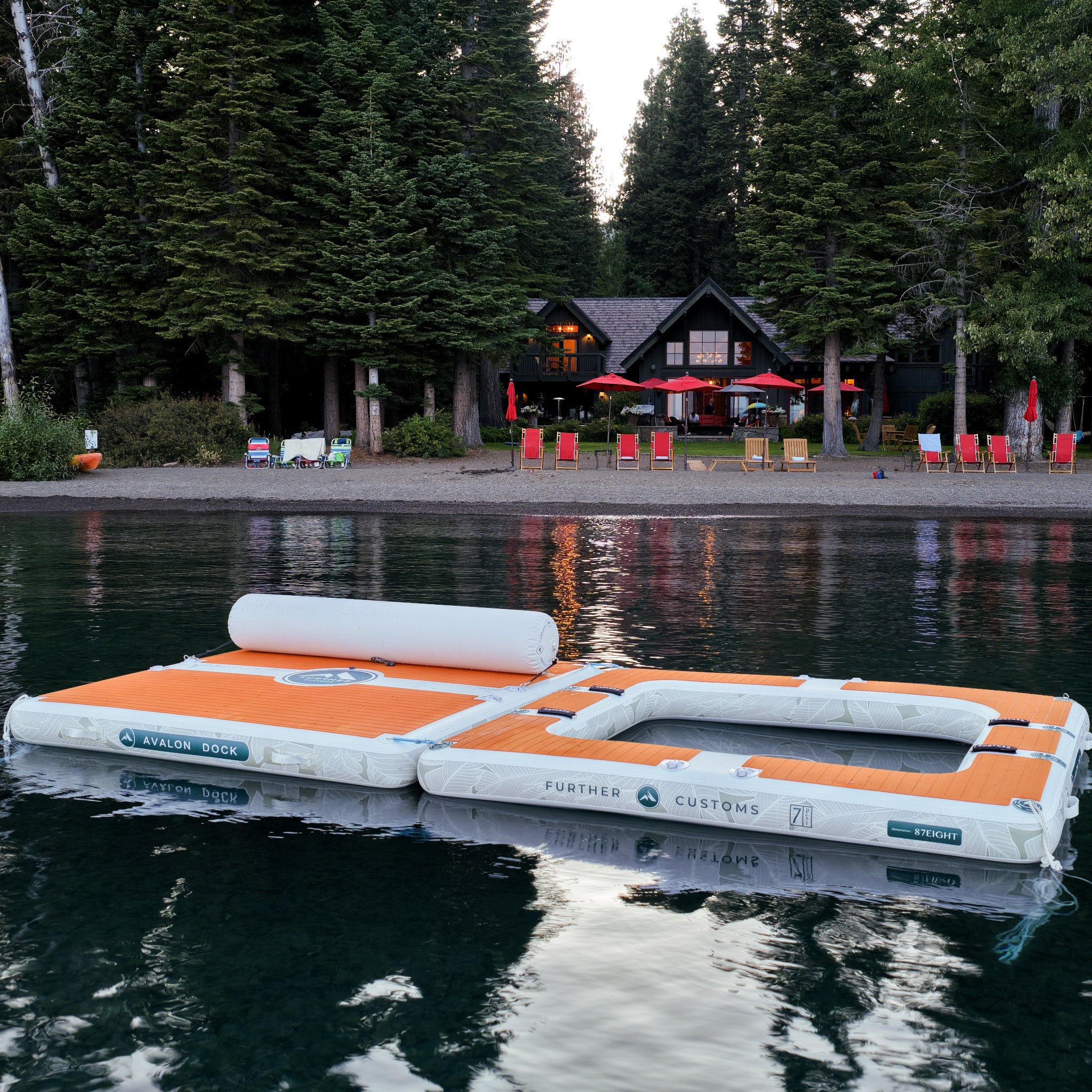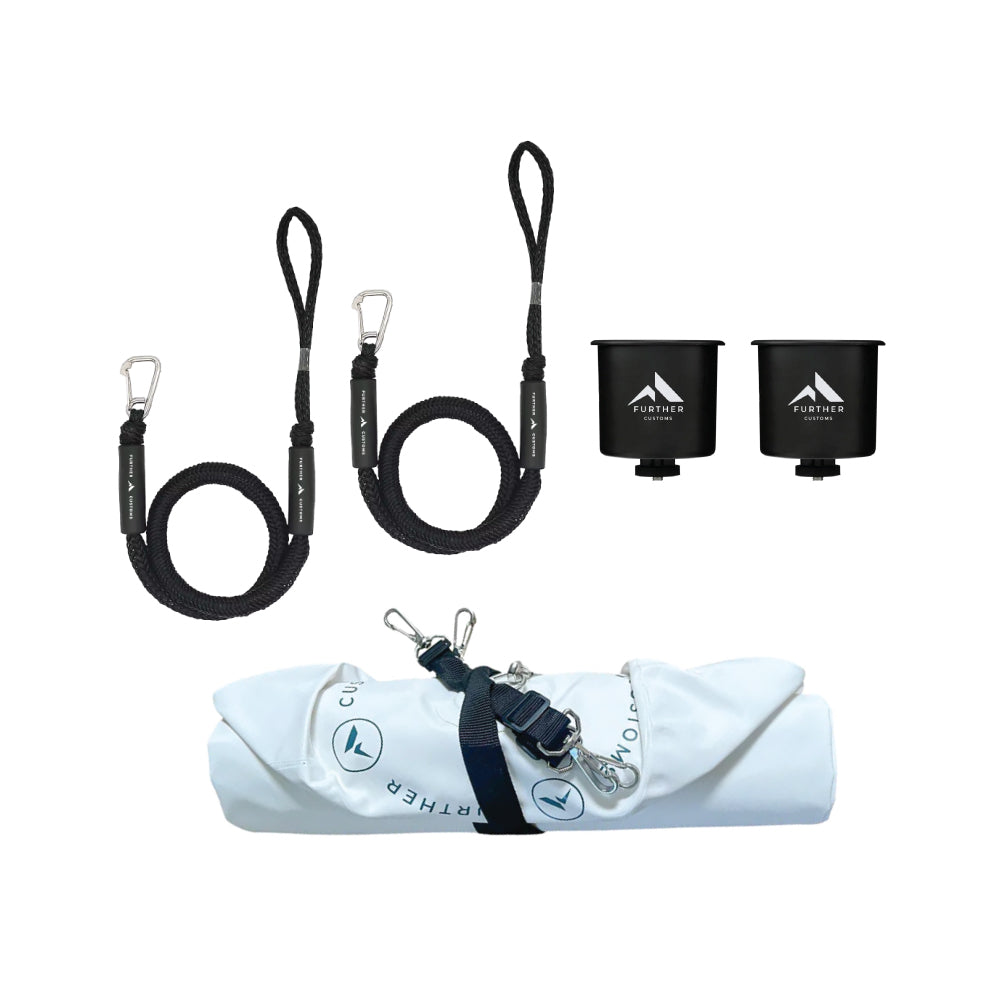Imagine this: you are spending the day on a lake or ocean and the sun is shining with just the right amount of wind. Suddenly, your boat starts deflating at an alarming rate. The good news is that everything going wrong in your so-called “aquatic adventure” can easily be fixed with a few tools and some basic knowledge.
The Detective Work: Finding the Source of The Issue
Before tackling the problem head-on, you need to find that elusive sneaky leak first. To do so you will require:
-
The Soapy Water Method: Mix dish soap with water and apply it over suspected areas. Air leaks will bubble where they occur, similar to how bubbles form in soapy water.
-
The Listening Game: In quiet conditions, put your ear against the surface of the boat. More often than not, air escaping will be audible before it becomes visible.
-
Submerge and Observe: If possible, partially submerge sections of your boat and watch for air bubbles rising to the surface.
Most punctures happen in predictable places: along seams, near the transom, or on the tubes where they are most likely to scrape against rough surfaces.
Gathering Your Repair Arsenal
Every boat owner should have a repair kit handy, but if you find yourself unprepared like in this situation, here is what you need to gather:
-
Marine-grade PVC or Hypalon patches (depending on your boat's material)
-
Two-part adhesive or specialized boat glue
-
Sandpaper or rough cloth for surface preparation
-
Clean rags and rubbing alcohol
-
Scissors for cutting patches
-
A roller or smooth object for applying pressure
Each of these items fulfills an important function when carrying out repairs.
The Repair Process: From Disaster to Seaworthy
Here is our 5-step guide on how to repair inflatable boats.
Step 1: Clean and Prepare
Deflate the damaged area slightly – you want it workable but not completely flat. Clean around the puncture with rubbing alcohol to remove salt, grime, and any residue that could interfere with adhesion.
Step 2: Roughen the Surface
Lightly sand both the damaged area and your patch. This creates tiny grooves that help the adhesive bond stronger than your morning coffee addiction.
Step 3: Cut Your Patch
Make your patch at least one inch larger than the damage on all sides. Round corners prevent peeling – sharp corners are like little tear-starting machines.
Step 4: Apply Adhesive
Follow your adhesive manufacturer's instructions religiously. Some require waiting time before application, others work immediately. When learning how to repair inflatable boats, patience with adhesive curing is absolutely critical for a lasting fix.
Step 5: Press and Wait
Apply the patch firmly, working from the center outward to eliminate air bubbles. Use a roller or smooth object to ensure complete contact. Now comes the hardest part – waiting for the adhesive to cure completely.
Prevention: Your Best Defense
While knowing repair techniques is essential, prevention beats cure every time:
-
Inspect your boat regularly for wear spots
-
Avoid dragging it across rough surfaces
-
Store it properly when not in use
-
Check air pressure regularly – over-inflation in hot weather can cause blowouts
Upgrade Your Water Experience
A small puncture doesn't spell disaster – it's just an opportunity to master valuable repair skills! With proper technique and quality materials, your inflatable boat will bounce back stronger than ever. While you are enhancing your boating knowledge, why not explore premium floating experiences? The Avalon Dock, Avalon Pad, and Avalon Plank offer luxury alternatives that elevate any water adventure.
Ready to take your aquatic experiences to the next level? Discover innovative inflatable solutions at https://www.furthercustoms.com/ today.
.

















